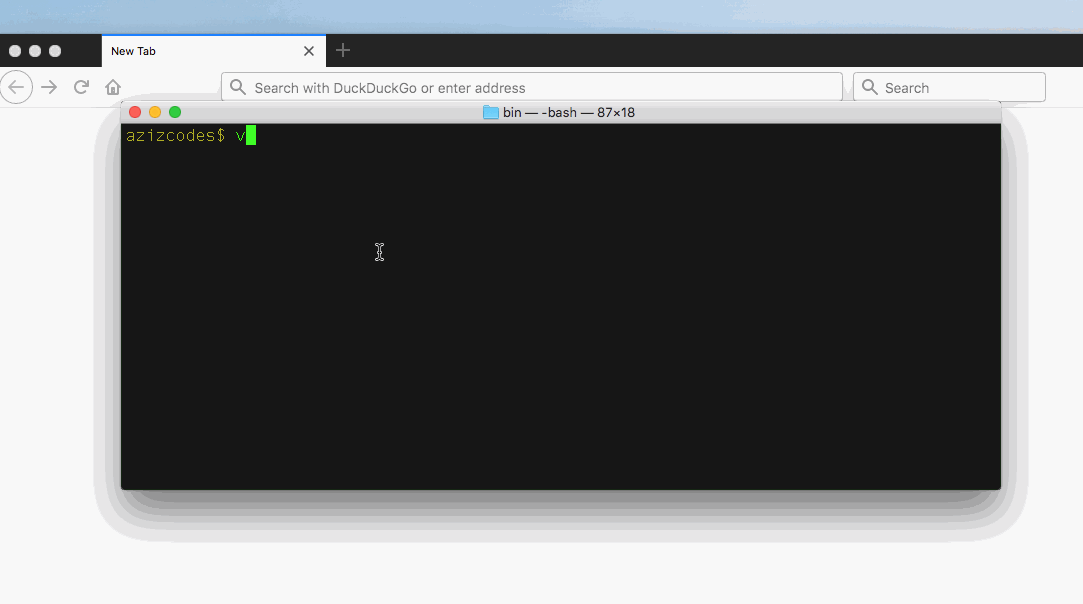Shell Scripts (and Functions)

Shell Scripts Basics
A shell script is a file containing a list of shell commands. The shebang #!/bin/bash tells your computer to use the shell interpreter.
To run a shell script, you first need to make the file executable using chmod
chmod 700 file # 700 is executable for the user only
Then you can either run it directly using
./file
or add it to the path.
Shortcuts
If you want the script to run from anywhere in the terminal (very convenient), you either have to add the current folder to the path, or add it to a folder that’s in the path. Some users put it in ~/bin. To do this, type the following in the termianal
$ cd ~
$ mkdir bin
Change the permission
$ chmod 700 -R bin
Make the changes available for the next sessions
$ export PATH="~/bin/:$PATH" >> .bash_profile
Note
It’s worth noting that python scripts can work the same way. By adding a shebang #!/bin/python at the beginning of the file, you don’t need the .py extension and you can run scripts directly. So now instead of
python whatever.py
you can just type
whatever
where whatever is a python script that has #!/bin/python as the first line. And placed in a folder that’s part of the path (such as bin above).
A simple Application
Suppose you are searching for jobs. You can write a short command that opens a linkedin page, a bayt.com page, and the document where you keep your notes. To do this, cd to the ~/bin folder in the terminal and paste this
cat << EOF > jobsearch2
#!/bin/bash
open linkedin.com
open bayt.com
open ~/Documents/jobsearch.txt
EOF
Make it executable
chmod 700 jobsearch2
Then execute this command from anywhere
jobsearch2
The above gif is a demonstration of how this works.
Shell Functions
While on the topic of shortcuts, I need to mention shell functions. I talked about before. Just like shell scripts and functions, they are shortcuts. However, aliases are one-liners. Scripts need setting file permissions and maybe for non-frequent use. Shell functions are something in the middle between a script and an alias. They are for frequent use but can be longer than an alias.
The syntax is as follows
name(){
shell commands
}
where name is the name of the shell function.
For example, here is a function that modifies my prompt script $PS1 into whatever I want to call it, or just display the current time when called with the number of arguments not equal to 1
showtime(){
PS1="\[\033[0;33m\]\@\$\[\033[0m\] "
if [ $# -eq 1 ]; then
PS1=$1'\$ '
PS1="\[\033[0;33m\]$1\$\[\033[0m\] "
fi
}
بس خلاص